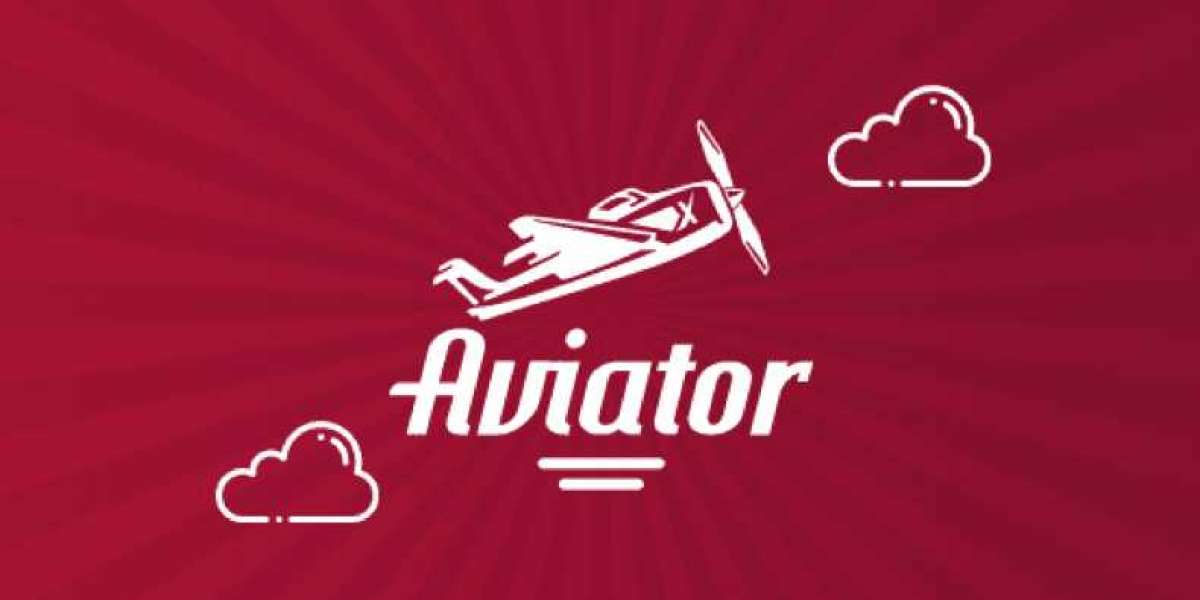In today’s healthcare industry, the integration of technology has revolutionized the way services are provided, improving patient care, enhancing operational efficiency, and streamlining administrative processes. However, as healthcare organizations continue to digitize patient information and internal systems, ensuring data security and compliance software development in healthcare has become a paramount concern. This is particularly true as healthcare data is sensitive, valuable, and a prime target for cyberattacks. In this article, we will explore the critical importance of data security and regulatory compliance in healthcare software development, best practices, and the frameworks that healthcare organizations must follow to protect sensitive patient data.
The Importance of Data Security in Healthcare Software Development
Healthcare software solutions such as Electronic Health Records (EHR), Electronic Medical Records (EMR), telemedicine platforms, patient portals, and mobile health applications contain vast amounts of sensitive information. This includes personal identification data, medical history, diagnoses, treatment plans, prescriptions, and payment details. Because this data is highly personal, its security is critical to ensuring patient trust and safeguarding the integrity of the healthcare system.
The consequences of a security breach can be devastating. Not only can it lead to identity theft, fraud, and misuse of patient data, but it can also significantly damage an organization's reputation, lead to financial penalties, and, in some cases, put patients’ lives at risk. As such, healthcare software developers need to implement robust data protection measures throughout the software development lifecycle.
Key Regulations Governing Data Security in Healthcare
Several laws and standards govern healthcare data security and privacy. Compliance with these regulations is not optional but a legal obligation for healthcare providers and software developers. The following are some of the key frameworks that guide healthcare software development:
1. Health Insurance Portability and Accountability Act (HIPAA)
HIPAA is one of the most significant pieces of legislation governing the use of health information in the United States. It sets the standard for protecting sensitive patient data and outlines strict requirements for how healthcare providers, insurers, and their partners must handle, store, and transmit patient information. HIPAA's Privacy Rule and Security Rule are particularly relevant to healthcare software development.
- Privacy Rule: Establishes standards for the protection of health information, ensuring that patient data is only shared when necessary and with authorized parties.
- Security Rule: Provides specific security requirements for electronic Protected Health Information (ePHI), mandating the implementation of technical safeguards such as encryption, access controls, and audit trails.
Healthcare software developers must ensure that their applications are HIPAA-compliant, with appropriate safeguards in place to protect sensitive data from unauthorized access, disclosure, and modification.
2. General Data Protection Regulation (GDPR)
The GDPR is a regulation enacted by the European Union (EU) to protect the privacy and security of personal data. While the GDPR is specific to EU citizens, any organization that collects or processes data from EU residents must comply with its requirements, including healthcare organizations. This regulation includes strict guidelines on data processing, storage, and user consent, and imposes heavy penalties for non-compliance.
Under the GDPR, healthcare organizations must ensure that their software systems are designed with "privacy by design" and "privacy by default," meaning that data protection should be embedded into the software from the start. This includes securing consent for data processing and ensuring patients have the ability to access, modify, or delete their data as needed.
3. The Food and Drug Administration (FDA) Guidelines
In some cases, healthcare software applications may qualify as medical devices, particularly if they provide clinical decision support or are intended to diagnose or treat medical conditions. In such instances, the FDA regulates the software under its Medical Device Regulations (MDR). This includes ensuring that the software meets safety and efficacy standards, as well as implementing cybersecurity measures to protect patient data.
4. The Health Information Technology for Economic and Clinical Health (HITECH) Act
The HITECH Act is another significant U.S. regulation that promotes the adoption of health information technology and supports the meaningful use of electronic health records (EHR). It reinforces HIPAA's data security requirements and encourages healthcare organizations to implement more sophisticated technology solutions. HITECH also provides financial incentives to healthcare providers who demonstrate the meaningful use of EHR systems and ensures that these systems are secure and compliant.
Best Practices for Ensuring Data Security in Healthcare Software Development
Healthcare software developers must adopt best practices to ensure that patient data is secure and compliant with regulatory requirements. Here are some of the key practices that should be implemented:
1. Data Encryption
Encryption is one of the most effective ways to protect patient data, both at rest (when stored in databases) and in transit (when being transmitted across networks). All sensitive healthcare data, such as ePHI, should be encrypted using strong encryption algorithms (e.g., AES-256) to ensure that even if it is intercepted, it cannot be read or misused.
Developers should also consider implementing end-to-end encryption for communications between healthcare providers and patients, especially in telemedicine applications or patient portals.
2. Access Control and Authentication
To prevent unauthorized access to sensitive data, healthcare software applications must have strong access controls in place. This includes implementing user authentication mechanisms such as multi-factor authentication (MFA) and role-based access controls (RBAC), ensuring that only authorized users (e.g., doctors, nurses, administrative staff) can access specific data.
RBAC ensures that users can only access the information necessary for their role, reducing the risk of data leaks and limiting exposure to sensitive information.
3. Data Masking
Data masking is a technique where sensitive information, such as social security numbers or medical records, is replaced with fictitious or scrambled data in non-production environments. This helps protect sensitive data from being exposed to unauthorized parties during testing, development, or training activities.
4. Regular Audits and Monitoring
Healthcare software developers must implement systems that continuously monitor user activity and log all access to sensitive data. Regular audits of these logs can help identify suspicious activity, potential breaches, or violations of security protocols.
Automated monitoring tools can alert administrators to unusual behavior, such as unauthorized login attempts or data access outside of normal working hours, allowing for quick remediation.
5. Secure APIs and Integrations
Healthcare software often integrates with other systems, such as third-party applications, EHRs, and lab systems. These integrations must be secure to prevent vulnerabilities in one system from affecting others. Developers should ensure that all Application Programming Interfaces (APIs) used in healthcare software are secure and that data exchanged between systems is properly encrypted.
6. Data Minimization and Anonymization
To minimize the risk of a data breach, developers should ensure that only the necessary data is collected, processed, and stored. When possible, data should be anonymized or pseudonymized so that it cannot be traced back to an individual without additional information. This practice is in line with GDPR’s principles of data minimization and is crucial for ensuring that even if data is compromised, it does not expose personal details.
7. Security Testing and Vulnerability Assessments
Before deploying healthcare software, developers should conduct thorough security testing, including penetration testing, vulnerability assessments, and code reviews. This helps identify potential weaknesses or security flaws that could be exploited by cybercriminals. Regular testing should also be conducted to ensure that the software remains secure as new vulnerabilities are discovered.
8. Compliance with Industry Standards
In addition to regulatory frameworks like HIPAA and GDPR, developers should also adhere to industry best practices and standards, such as the National Institute of Standards and Technology (NIST) cybersecurity framework and the ISO/IEC 27001 standard for information security management.
Conclusion
In healthcare software development, ensuring data security and compliance is not just a technical challenge, but a legal and ethical obligation. With sensitive patient data at risk and stringent regulations governing how it must be handled, developers must adopt a proactive approach to security throughout the development lifecycle. By following best practices such as encryption, access control, secure APIs, and compliance with laws like HIPAA, GDPR, and HITECH, healthcare software developers can mitigate risks, ensure patient trust, and protect the integrity of the healthcare system.
As the healthcare industry continues to evolve and adopt new technologies, developers will play a crucial role in safeguarding data and ensuring that these systems comply with ever-changing security and privacy regulations. The future of healthcare software development is not only about creating innovative solutions but also ensuring that patient data remains secure, private, and compliant.









